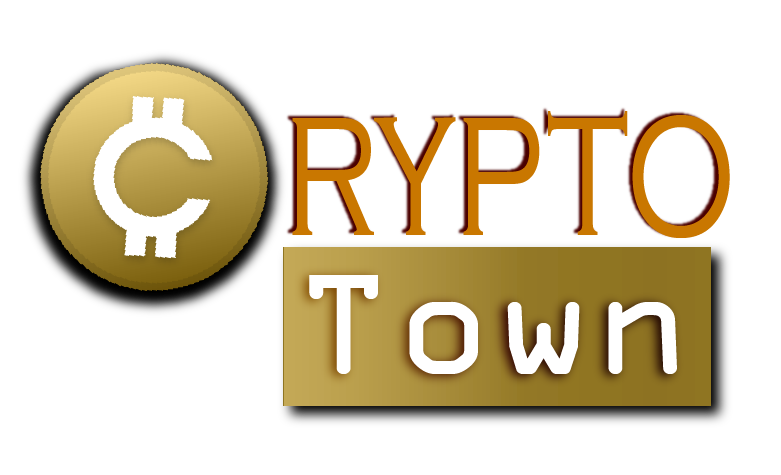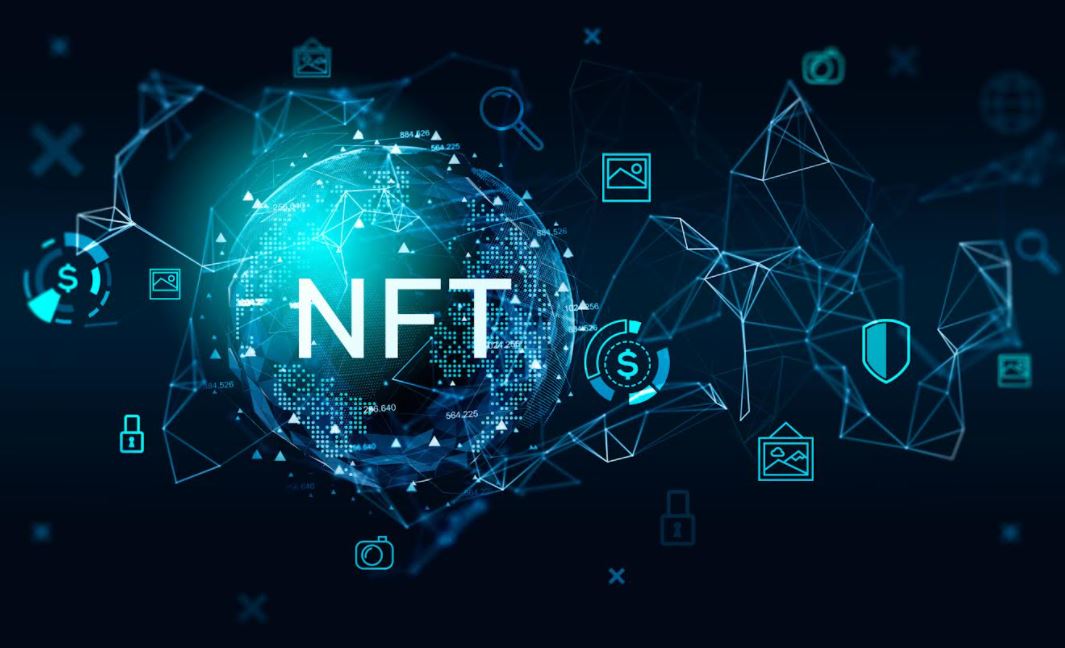NFT Development: A guide to Creating a Non-Fungible Token
The term non-fungible token refers to a digital asset on the blockchain that represents a unique item. It can be anything like a piece of art, a photo, a game collectable or a tweet made by a celebrity. Every NFT is unique, limited in quantity and not interchangeable. Also, every NFT gives a code to the owner that is proof of ownership and authenticity.
Each NFT is different based on the metadata and unique identifiers they have. The information that makes up an asset is the metadata. The metadata enables users to buy and sell assets on the digital marketplace.
One objective of NFTs is to replicate the tangible characteristics of physical items like ownership proof, scarcity and uniqueness. You can swap fungible goods because their worth characterizes them. However, digital products only have value when used alongside their product.
Digital collectables and art NFTs gain attention in the crypto community, and some expand beyond their niche. The potential use case for NFTs also increases every day. This new technology extends from the general use cases like digital art to fashion, music, academia, loyalty programs, patents, membership sales and real-world asset tokenization. Recently, NFTs saw usage in the banking sector. Now it is possible to borrow and lend NFTs and use them as collateral for securing a loan.
Any digital content creator interested in creating, sharing and selling their content online can create NFTs. We’ve put together an informative NFT guide on how to utilize this technology to the fullest.
Understanding the popularity of NFTs
Many people have the first question about NFTs: why are collectors spending so much money on them?
Some NFTs sell for astonishing rates. CrpytoPunks, for example, is NFT art composed of ten thousand pixelated images of punks with unique traits. They started minting in 2015 on the Ethereumblockchain, and many of them sell for vast sums of money.
Anyone looking to cash in on this trend should have a goal in mind and creativity for achieving the goal. Even people with a creative mind and minimal skills can take advantage of the NFT boom. Additionally, the booming NFT business means that artists can turn their work or content into digital assets, list them on the marketplace and earn revenue.
NFT technology works for preserving scarcity and creating ownership of tangible and intangible assets. It provides digital content creators viable opportunities to monetize their work and provides flexibility often lacking in typical creative industry models. Attaching digital content to the blockchain as a non-fungible token is safe to sell them online and trace ownership. Additionally, NFT development allows artists to connect to a global network of content creators and collectors.
It’s a good thing the NFT creation process costs nothing, requires no technical expertise and is understandable. Anyone with the right guide can create or mint NFTs.
Also read: What Does NFT Marketplace Development Provide The Entrepreneur?
Before you begin
The first thing to remember is to select the correct format for their NFT. You can turn any digital asset into a non-fungible token. That means images, text, audio files, or video can become NFTs. Innovative products like collectables, video game assets, and virtual lands in NFTs can also become NFTs.
Do note that there is always room for creators to showcase their creativity here. Anything digital can become an NFT, and that opens up the door to limitless possibilities. There is also a place for non-digital tokenized real-world assets. The list includes real estate, footwear and precious stones. You can turn them into NFTs and make a profit.
The users have the freedom of choice for choosing the format. Creators can choose the format depending on the theme of their work and their imagination.
Typically, users store digital assets as .PNG files or .GIF files. Users typically store texts in the .PDF format while users store audio as .Mp3 files and video as .Mp4 files.
Creating and minting the NFT
Remember that an NFT’s value depends on its uniqueness. There are cases where users can create several copies of their content. For example, a user makes a collectable and creates different versions of the same. Here, the user can decide how many copies of the NFT they want to mint. That way, the NFTs become immune to any modifications after minting.
The process of creating a non-fungible token is called minting. The term refers to the process where a digital asset becomes an NFT. It is similar to how banks mint coins and add them into circulation. The NFTs become tamper-proof, secure and impossible to manipulate after minting. These NFTs can be purchased, sold and digitally tracked and resold in the future.
Remember that some NFTs provide continuous commissions to the original creator even when the item changes owners. The user can add a royalty clause during the minting process and ensure that later sales earn passive income. This approach helps the creator make more if their work gets popular and increases in value.
Steps to follow for NFT development
1. Select your digital asset
2. Select the NFT marketplace. Here, the site will ask you to integrate your crypto wallet.
3. Now, select the ‘create’ or ‘add new item’ button
4.The next step is where you select the required asset. The site asks you to fill in information like the title, description and price. Fill in the required fields
5.Do a final check on the asset and click the ‘create’ option.
Following these five steps, the site will ask you to pay a gas fee. Pay the amount and proceed. Now, sit back and relax as the site mints your NFT. You can view the NFT on your profile following this process.
Read more: Is It Worth Adding NFTs To Your Investment Portfolio?
Selling the NFT
Congratulations, you successfully minted an NFT. Now that you know about NFT development let us look at how you want to sell the NFT. By now, you know about the various NFT marketplacesin the industry and which one suits you best. Go to that site and upload the file. The site asks the user if they want to sell the NFT at a fixed price or auction.
Fixed price- a fixed price sale is where the user specifies a price at which they want to sell the NFT. This process is the most traditional way to sell an NFT.
Auctions- here, the user lists their NFT on the auction house, and other users compete with increasing prices. Auctions have a time limit, and the user with the highest bid at the end can buy the NFT.
Do note that some marketplaces allow users to set a royalty percentage. Royalty ensures the user earns revenue when the collector sells their NFT to anyone else.
Conclusion
NFT creation is a straightforward process that anyone with a PC and an internet connection can participate in. However, creating an NFT is just a part of the process. Generating interest and hype around your digital asset requires you to think of and implement an incredible NFT marketing plan. That way, you can access a broader audience of collectors and like-minded people.
The NFT industry shows promise, and every day, we see new developments coming from this sector. Taking advantage of this trend means that you create an additional revenue stream. Do not spend too much time thinking about it and mint an NFT today.
Check out: Whitelabel NFT Marketplace Development

